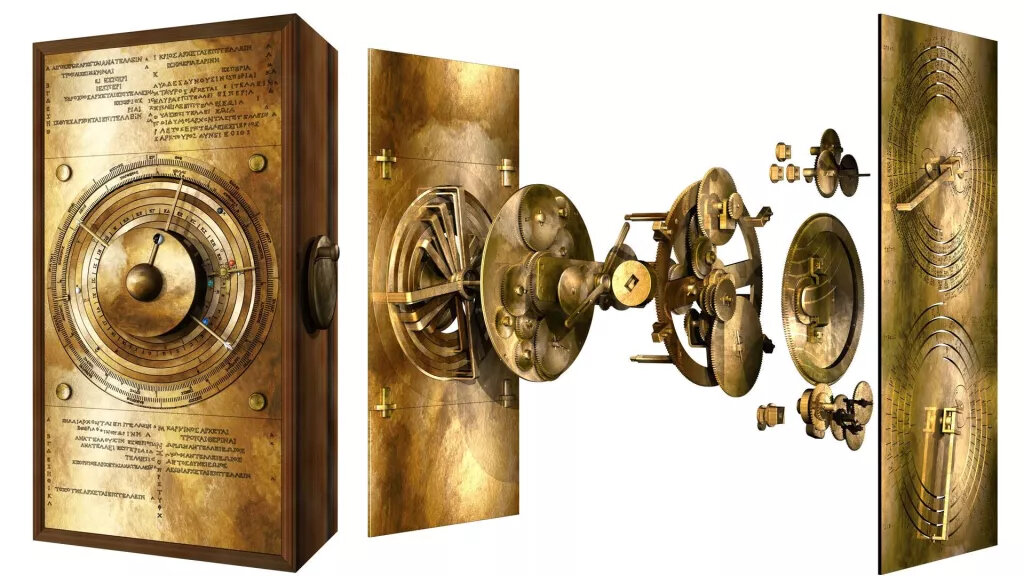How the Ancient Greeks Constructed the World’s First Mechanical Computer
By Keith Devlin @profkeithdevlin
The largest fragment of the 2,100-year-old Antikythera Mechanism, on display at the National Archaeological Museum in Athens, Greece. (Image: National Archaeological Museum, Athens, Greece)
Researchers at University College London (UCL) have finally figured out the likely mechanism of the 2,000-year-old Antikythera device, arguably the world's first mechanical computer.
In 1900, Greek sponge divers discovered fragments of what was evidently a shoebox-sized mechanical device in a Roman-era shipwreck near the Greek island of Antikythera in the Aegean Sea.
Over the decades since then, scholars gradually deduced that the fragments constitute around a third of a sophisticated hand-driven system of brass gears, built to accurately predict the motions of the five planets known to the ancient Greeks, the sun, the phases of the moon, and the solar and lunar eclipses, all displayed relative to the timings of ancient events such as the Olympic Games.
What no one had been able to achieve, however, was a complete reconstruction of the mechanism that drove the device, or the mathematics behind the design. Until now.
On March 12, a team of researchers at UCL published a paper in the open-access journal Scientific Reports that describes their meticulous reconstruction of the device.
Exploded view of the (surmised) Anikythera Mechanism created by Tony Freeth at University College London, who led the multi-disciplinary team that finally figured out the (likely) mechanism.
If you are familiar with the story of the Antikythera computer, you could jump straight to the paper and see what the scholars propose. But my recommendation is you follow the same advice I am giving to anyone not already acquainted with this story, and begin first with the (professional quality) 30-minute video the team has produced. Not only does it summarize the history of device, the story of its discovery, and the subsequent attempts to understand it, it also presents excellent computer graphics that show how the device was (i.e., surely must have been)* constructed, including a discussion of the reliance on prime factorizations to capture the complex planetary motions that had been observed in an age when the Sun, Moon, and planets were thought to rotate around a stationary Earth.
It’s an amazing story, with a remarkable ending that illustrates beautifully how mathematical thinking can be combined with other disciplines to piece together an understanding based on fragmentary information.
[* Absent a detailed manual, there is no way anyone can know for sure how the device was constructed, but as the lead author Tony Freeth observes in the video, the considerable amount of information extracted from the fragments puts heavy constraints on the possibilities. By my read, the model they have come up with is highly likely to be correct. Disclosure: I was a graduate student of mathematics with Tony Freeth back at the University of Bristol in the late 1960s, but we have not met or communicated since then!]


